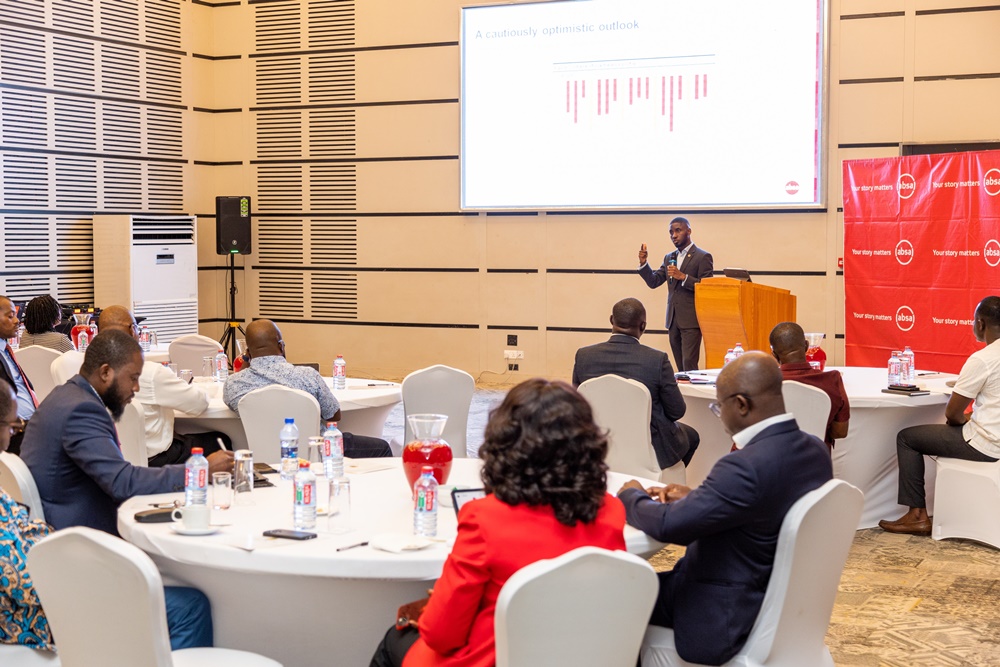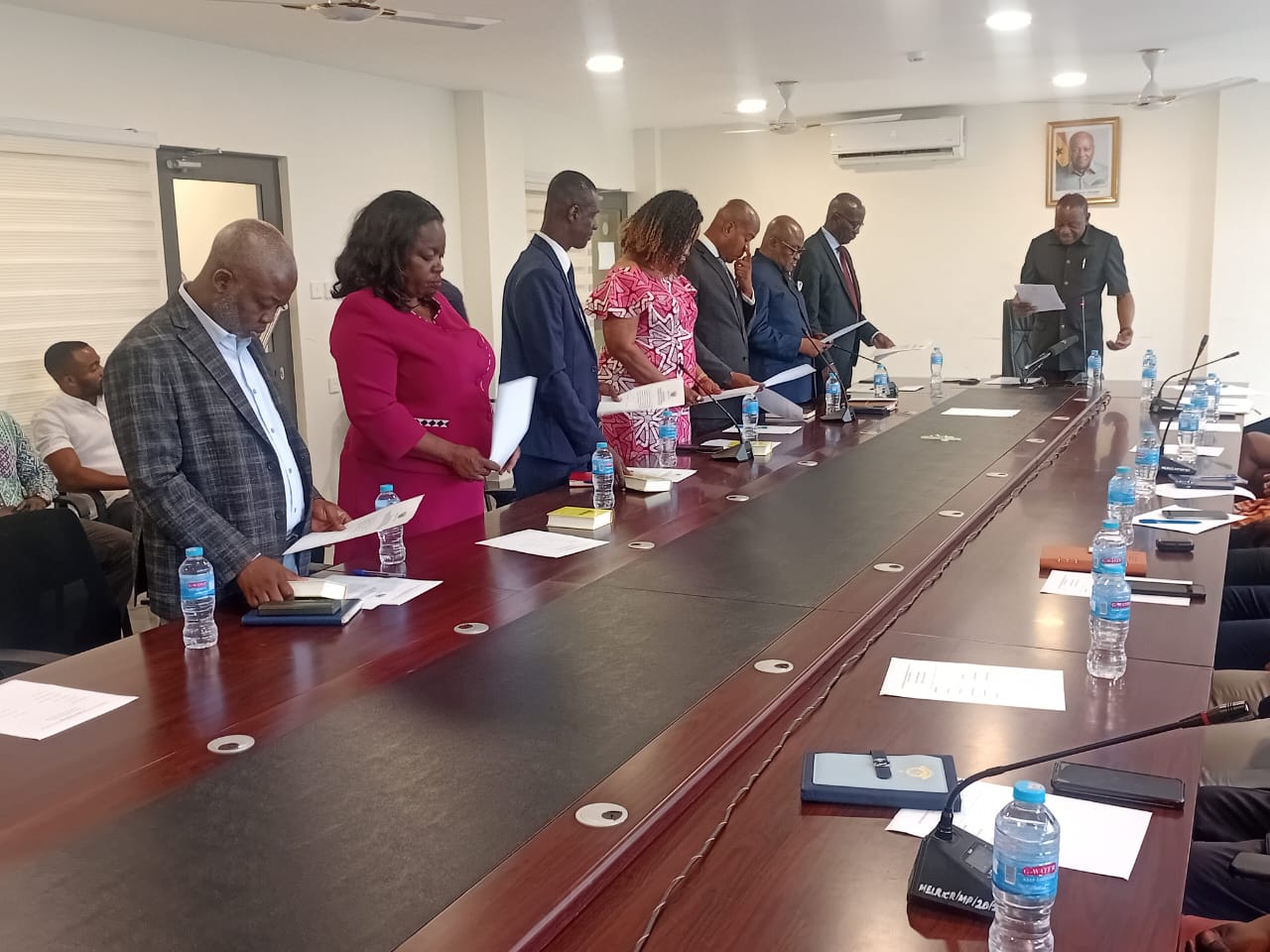

The only good loan is one that gets paid back.” — Robert Wilmers, chairman and CEO of M&T Bank
Dear Readers, for the past couple of weeks, we have been looking at how customer visits can minimize risks and losses. The visits are intended for both borrowing and investment customers. Customer visits are an excellent means of handling disputes, improving sales opportunities, minimizing risks and losses and building customer relationships.
These visits can be pre-arranged or impromptu. In both scenarios, bankers need to prepare the visit. Let us examine some good practices for an effective customer visit
Preparing for a customer visit:
- Review the current state of affairs of the customers account viz a viz the business operations on the ground. Take time to understand the customer’s business before the meeting.
- Set an appropriate date and time for the customer. Knowing your customer’s operations, it is best that the customer is prepared for the visit. Avoid visiting at busy periods where the customer will be busy and distracted. Nothing’s worse than going at their busiest time. When you’re on the visit, you want to spend time with them. So, plan it strategically. Customers appreciate that their bankers find time to visit them on their promises to understand their operations and issues they have. These visits can even lead you to developing new and more appropriate products which can be more beneficial, and less risky. Customers who are multi-banked can tell you what pertains in other banks. Investment customers can also give you more insights into the market or competition.
- Set an agenda in advance:Determine the approximate time it will take to cover all the essential points. If it requires travel or some field visits, remember to invest well in it and carry your gadgets long for use in your call reports.
- Send discussion documents or work papers in advance:It could be that you’re observing differences in expected deposits or loan repayment schemes, you can either print or put all the information on your ipad for easy discussions. Perhaps they do not understand the fees and commissions and they are refusing to pay. Or there are deductions that you just can’t unravel. Always send all the documents in advance so that the customer has sufficient time to prepare as well.
- Determine who from your company should attend to address any concerns:It could be your sales rep or someone from your staff who’s been working on a particular issue and meeting with the customer to resolve it. Anticipate what issues or concerns the customer could have. Plan ahead and include the people who can address their issues.
- Inform the customer well in advance who you want to meet:Get a nod on your customer’s availability and whether they are prepared for the time you want to spend with them.
- Take time to understand the customer’s business before the meeting:You can ask probing questions that will help you understand the real challenge. When you’re on-site, assess their business needs, understand their customer base, competitors, and industry trends. This way you can anticipate if there’s going to be higher demand requiring a review of their credit line.
- Communicate the purpose of the visit to key stakeholders: It could be your senior management or owner. It could be a sales or a product manager. It could be somebody in customer service or operations. If there are some logistics issues or any other kind of problem that they can help you with, they should be aware that you’re going to this meeting and who you’re going to meet with.
- What if it’s a negotiation: If so, define the roles and the talking points in advance. Sometimes it’s a better strategy just to walk away than to make too much of a compromise. Always try to leave the opportunity for further discussion.
Standard Commercial Loan Monitoring Formats – The Traditional Method
Standard loan monitoring is a combination of both manual and technological processes. Due to the limitations encountered in relying solely on technology, loan officers use a generic question and answer format as a guide under the following structure:
Compliance:
- Was the facility used for the stated purpose?
- Has customer complied with the agreed post-disbursement conditions?
Account operations: Is the account operation on course?
- Is the loan repayment schedule on course?
- Are any standing orders or cash build-up on course?
- Is customer involved in dud cheque issues or frequently calling the bank not to honour some cheques issued?
Business Operations:
- Any relocation of the business?
- Business operations on course?
- Are there any idle resources?
- Are business records being documented?
- Are sales on track?
- Are stocks in the line of the approved business loan?
- Any sign of diversion of funds?
- Availability of business owner at business premise?
- Has customer’s internal control system deteriorated?
- Is customer repeatedly absent from the premises during visits?
- Is the business closed during normal working hours?
- Are turnovers in line with expectations in the loan appraisal?
- Are cashflows in line with the budgeted cashflow submitted?
- Are funds generated adequate to meet the loan repayments?
- Has customer complained about the insignificant nature of facility granted?
- Does customer frequently refer to the interest rate as too high?
- Has customer requested for additional funds during visits?
SECURITY/COLLATERAL
- Any change in the state of security provided?
- Any change in the neighbourhood that may affect the value? E.g change from residential to commercial neighbourhood?
- Is there any encumbrances on the security offered?
- Current value of security?
- Has the customer requested for a change of collateral?
- Are there enquiries from third parties or the owners of the collateral about the customer’s business operations?
SOCIO-POLITICAL
- Any change in borrower’s lifestyle?
- Is customer’s level of influence within the community significant?
- Is customer actively involved in local politics?
- Does it have any significance to the type of business being undertaken?
REGULATORY
- Is customer’s business likely to be affected by new regulatory decisions? Eg, Ban on some commercial activities, relocation of certain businesses or infrastructure, new levies and taxes.
- Is there a major determination of the general micro-economic trends on customer’s business?
There are more items depending on the borrower’s nature of business.
The Use of Technology in Loan Monitoring
Let us look at some benefits of using an integrated solution in addition to the manual loan monitoring
- A robust system that can track requirements under the loan agreement and internal policy requirements is critical.
- A good system can also alert the banker when items are due from borrowers, or certain tasks need completion internally, such as an annual review or a client due diligence visit.
- Covenanted information when posted onto a customized system can pool the data, and using it in various meaningful ways beyond merely compliance, for example tracking and comparing borrowers across a variety of financial metrics, including revenues, cash flows, and leverage levels.
- AI and machine learning can capture the borrower’s information onto the Banks database without manual data entry, for easier decision-making.
Redefining Loan Monitoring – Making the best of both worlds
Many traditional lenders still rely on manual methods of borrower information gathering and human analysis to underpin their credit portfolio monitoring. However non-traditional lenders already employ near real-time data to assess and monitor credit risk effectively. Some banks, for example, rely on the information it captures continuously from its commercial customers to make credit risk decisions in lending money to these customers. It captures data such as daily or monthly sales, payment terms, product returns, and even customer satisfaction ratings to inform those decisions. With these, the customer obtains working capital finance from the bank. In reality, many customers still rely on cash transactions, making bank transaction history monitoring very difficult.
The use of non-traditional data for credit risk assessment is gaining traction in banking. With the appropriate technology, the use of a loan monitoring system that applies machine learning techniques to borrowers’ financial data, alongside macro and micro economic information, behavioral metrics, and relevant industry key indicators to identify which borrowers might face financial distress is becoming very beneficial to Banks. These can only be successful when most customers are also onboarded with improved payment systems which would support the data gathering by AI to reduce the time spent on fieldwork. With video conferencing, loan monitoring and statistical data gathering would become an enjoyable experience and no more a chore.
For more insights on this topic, please book a copy of my new book, “THE MODERN BRANCH MANAGER’S COMPANION” which involves the adoption of a multi-disciplinary approach in the practice of today’s branch management. It also shares invaluable insights on the mindset needed to navigate and make a difference in the changing dynamics of the banking industry. Call 0244333051 for your doorstep delivery.
ABOUT THE AUTHOR
Alberta Quarcoopome is a Fellow of the Institute of Bankers, and CEO of ALKAN Business Consult Ltd. She is the Author of Three books: “The 21st Century Bank Teller: A Strategic Partner” and “My Front Desk Experience: A Young Banker’s Story” and “The Modern Branch Manager’s Companion”. She uses her experience and practical case studies, training young bankers in operational risk management, sales, customer service, banking operations and fraud.
The post Risk WATCH with Alberta Quarcoopome: Effective site visits minimize risk for your bank (3) appeared first on The Business & Financial Times.
Read Full Story























Facebook
Twitter
Pinterest
Instagram
Google+
YouTube
LinkedIn
RSS